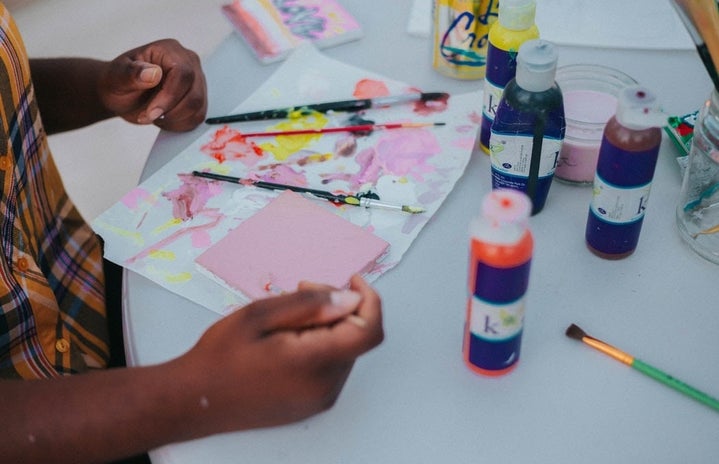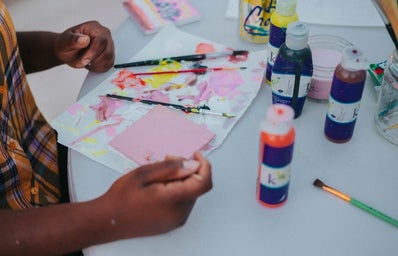In a world often mutilated by societal pressures and historical burdens, the Black Community has turned to the transformative power of art as a beacon of hope and healing. Creativity has served as a sanctuary for expressing emotions, reclaiming narratives, and nurturing mental well-being.
Experiences of stigma and discrimination within the Black Community led to mistrust of treatment which hindered them from obtaining culturally competent mental health care. However, amidst these challenges, a growing movement is springing, that recognizes the therapeutic potential of artistic expression in promoting mental wellness.
Art therapy comes in different forms such as painting, music, and writing. It not only improves your cognitive functions but fosters your self-esteem as well. Your emotional resilience and social skills will also intensify.
Participating in artistic endeavors offers the Black Community the chance to confront stereotypes, demolish damaging narratives, and honor the grace and resiliency ingrained in their history. “And through painting, drawing, music, and creating, the children address their terrors and learn to trust again,” says art therapist Dr. Sarah McGee.
Art as a therapeutic medium
Within the Black Community the creative expressions of art serve as a form of communication, they address societal issues all while promoting mental health awareness. Through visual arts such as painting, sculpture, and photography, artists explore themes of identity, trauma, resilience, and hope, resonating deeply with their audience and fostering meaningful conversations about mental well-being.
music as a source of comfort and empowerment
Music has long been recognized for its ability to evoke emotions, provide solace, and inspire change. In Black communities, genres like jazz, hip-hop, and gospel not only reflect the experiences of Black individuals but, serve as a source of comfort and empowerment. When I am down and out, listening to gospel music eases my mind and spirit. In rapper Nas’s song “One Mic”, he addresses the hardships that his community endures such as violence and police brutality and the ways he can overcome these situations and requests help from his supporters for a change where he yells “The time is now.” Feeling that his community will be stronger against these hardships if they come together and fight back. Here are a few songs including “One Mic” that promote comfort and empowerment.
Storytelling as a path to healing
Storytelling has been an integral part of Black Culture, where we pass down traditions, histories, and wisdom from generation to generation. This can be done through literature, poetry, spoken word, and digital media. It allows Black individuals to not only break silence and share their experiences but also fosters understanding and community support. Storytelling can sometimes be uncomfortable as it requires vulnerability and risk.
Collective initiatives such as community art projects, music festivals, and storytelling workshops create great opportunities for collaboration, education, and empowerment. This drives conversations about mental health into the mainstream discourse.
By embracing diverse forms of creativity and amplifying marginalized voices, Black Communities can continue to harness the power of art, music, storytelling, and other creative outlets as catalysts for healing, resilience, and advocacy against mental health stigma. Let’s recognize and support initiatives that promote holistic well-being and collective flourishing.


